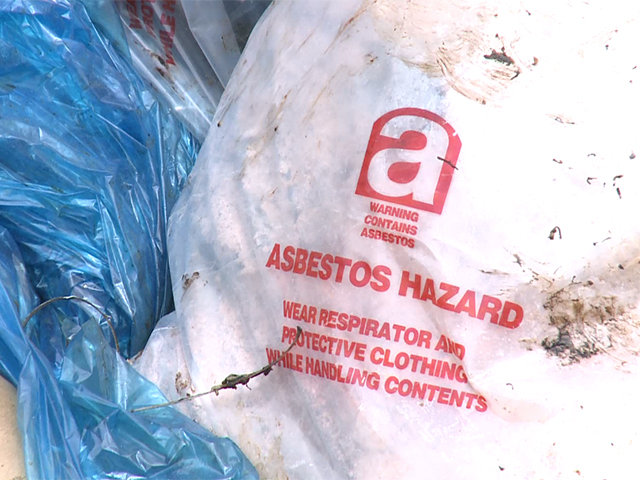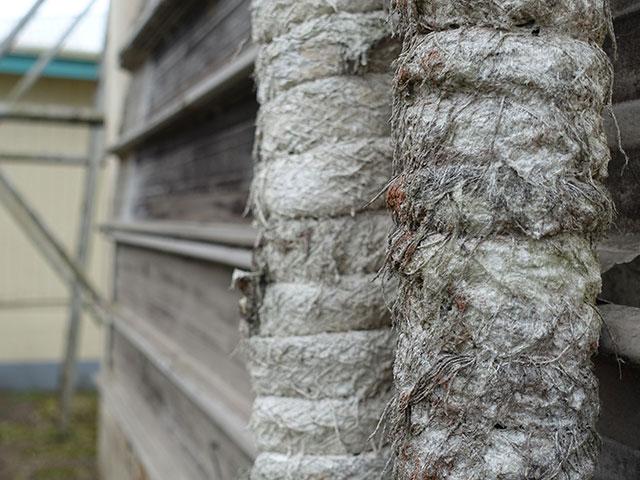
Newly released Pacific Hazardous Waste survey reports have identified the risk of asbestos materials to health in 13 Pacific Island countries, including Tonga.
The PacWaste Regional Asbestos Baseline Survey Reports identified locations in 25 different islands across the countries showing just how widespread and serious the issue is.
Asbestos is a naturally occurring fibrous mineral that was once commonly used in building materials, insulation, brake linings, roofing products and other consumer items. It is now banned from most modern products as it has been found to be a major threat to human health.
When products containing asbestos are damaged or wear down over time, small fibres are released into the air and easily inhaled. These fibres can travel to the lungs and cause inflammation and scarring of the lung issue. After many years, this can result in asbestosis, mesothelioma and other lung cancers, stated PacWaste.
The 13 reports revealed there is a substantial amount of the substance present regionally in these participating countries, with some locations notably higher risk than others.
"Historically, asbestos has been widely reported across the Pacific islands but until now the available information has been either largely anecdotal or too small in scope to withstand scrutiny. The new survey details just how widespread and serious the issue is."
Jesus Lavina, Head of Section for Natural Resources and Infrastructure EU Pacific in Suva said the new data will ensure that PacWaste can prioritize remedial actions in those locations where asbestos poses the greatest risk to human health.
“Because such a large number of sites were found, it has been important for PacWaste to target those which are most urgent. For this reason, the data collected has been assessed in accordance with an asbestos risk management methodology to rank sites on a human health priority basis."
Highest priority will given to public and government sites such as schools, hospitals and other places where members of the public are vulnerable to exposure. Other priority locations include those, which contain the most dangerous forms of asbestos such as dated insulation materials and sources of fire damaged asbestos.
Removal
SPREP’s PacWaste Project Manager Stewart Williams said that the proposed program of PacWaste asbestos inventions, worth US$2 million has now been released for country comment and will be followed by the final program of works.
Interventions will typically involve the removal of asbestos materials and wastes by trained experts using specialized equipment followed by secure transport and safe disposal including international export.
Many locations will require the removed asbestos materials to be replaced with non-asbestos products.
Survey reports are available for Tonga, Cook Islands, Fiji, Federated States of Micronesia, Kiribati, Nauru, Niue, Palau and the Republic of the Marshall Islands, Samoa, Solomon Islands, Tuvalu and Vanuatu. They can be downloaded from the PacWaste website at: PacWaste Asbestos Survey reports
PacWaste is a $7.85 million four-year project supported by EU and implemented by SPREP to improve regional hazardous waste management across the Pacific.




